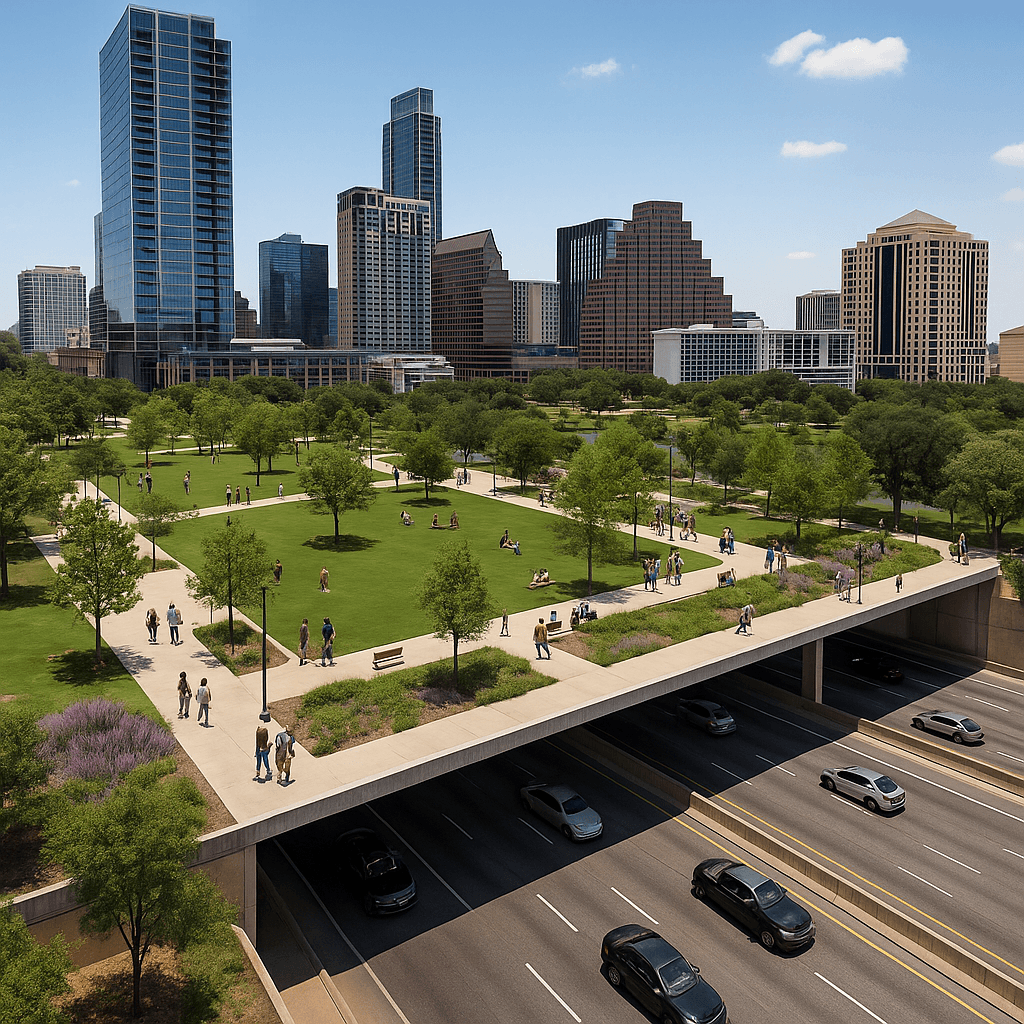- Affordable housing is back in the news because it’s a major issue throughout the United States.
- The City of Austin and Travis County have enlisted incentives to encourage developers to build more affordable units.
- While this is a good start, we need more incentives to meet the needs of our growing community.
I’ve talked a lot in this blog about affordable housing. And there is a reason for that. It’s a big issue. It’s a big issue here in Central Texas. It’s a big issue in Texas in general. And it’s a big issue in just about every growing city across the United States.
Here in Central Texas we are having tremendous growth and, as more people move to the area, our housing supply has not kept pace. As a result, its getting more and more expensive to live in the area. And working class folks are being forced out of the area.
Austin and Travis County, therefore, have both been looking for ways to solve the issue. But what have they done? Is it successful? That’s what we talk about this week.
What has Austin done to Help Solve Affordable Housing Crisis?
The Austin City Council has talked a lot in the last few years about trying to solve its affordable housing crisis. And it has enacted a few plans to get that crisis solved.
Specifically, as developers have come to the city to build new projects, the City Council has routinely negotiated with them to include affordable units in those projects. Often the developers will want zoning variances to build higher, more dense buildings. When requesting these variances, the City Council almost always requires them to build some affordable units.
A big key to solving the affordability crisis is density. So these zoning waivers are crucial for increasing the supply of housing in Austin. Unfortunately, too often these plans have been stymied by neighborhood groups. But that is a blog post for another day.
In a recent email, Jack Craver discussed some additional measures that the City has taken. As you may recall, in 2018 we passed a $250 million affordable housing bond. That money has all been earmarked at this point. It is going to the following areas:
- Land purchases – $100 million – Austin has bought/is buying land and is soliciting bids from developers to build affordable housing on that land.
- RHDA and OHDA – $122 million – Austin uses these programs to incentivize developers to build affordable housing.
- Home repair – $28 million – Presumably this money is being used by homeowners to improve homes and make them better suited for affordable housing.
According to Craver, this has and will likely lead to several thousand new affordable units. Obviously that’s not enough to meet the need, but it is a good start.
What is Travis County Doing to Help Solve the Affordable Housing Crisis?
Similar to the City of Austin, Travis County has been working on ways to help solve the affordability crisis. The Travis County Commissioners met this week to discuss this very topic.
During the meeting, they discussed a five year goal to improve housing and build more affordable units. This includes providing incentives to developers to build 70,000 new units by 2027. Of these units, 21,500 are to be built outside of the City of Austin.
Specifically, the units should have the following characteristics:
- 12,000 units should be affordable to those making 30 percent of the median family income and below;
- 15,000 units should be affordable at 31 to 60 percent MFI;
- 9,000 units should be affordable at 61 to 80 percent MFI; and
- The remaining 34,000 units should be affordable to those who make 80 to 120 percent MFI.
As always, the devil will be in the details. And these plans can still be derailed. But overall, this is a good start from both the City and Travis County. We need more affordable housing and both the City and County have some limited plans to incentivize developers to build more units and increase density. That’s the way we are going to get ourselves out of this crisis.
But, of course, this is just a start. We need more incentives and more ideas on how to increase density to provide better housing opportunities. Because the flow of new people to the area – thankfully – does not appear to have an end in sight.



